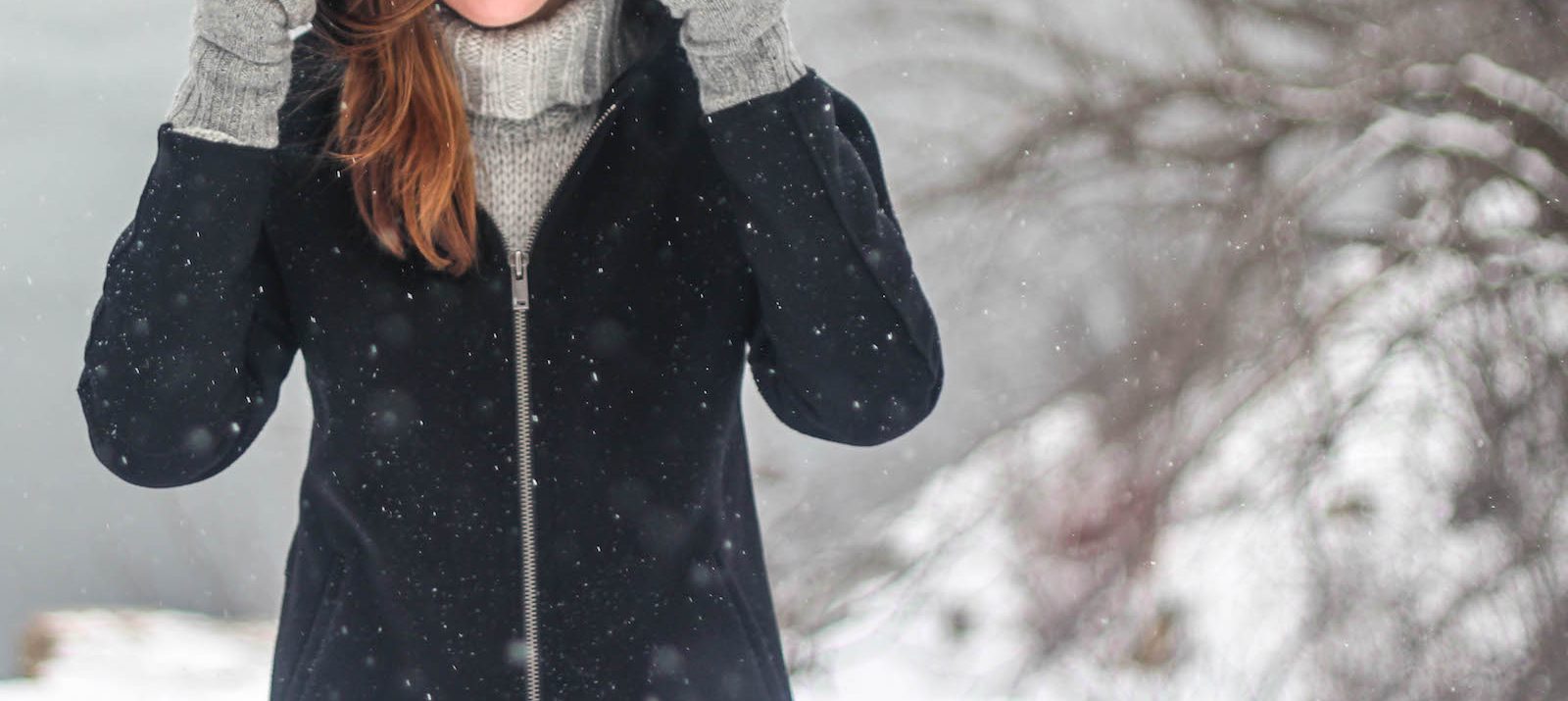Introduction
Typically, down, synthetic materials, and wool are the most common varieties of insulation used in chilly climate men’s long overcoats. Each person has its benefits, but the way they keep you comfy or warm is similar: your body generates heat and warms the still air trapped between the fibers and filaments of the materials. “We know the air is the perfect insulator on earth,” says Hsiou-Lien Chan, a textile researcher and associate professor at Oregon State University. “If you can build more spaces to trap that air, the material will have perfect insulation.” Here’s how each does it and how to determine which is perfect for you.
Many filaments diverging from a central point build the spherical shape of—and pockets of air in—down clusters. These clusters provide the offer the most warmth or comfy for the weight of any insulator. But they collapse when wet, losing their capability to retain hot air. In the face of chilly climate or cold weather snow, sleet, and sometimes rain, look for a coat with a water-resistant or waterproof shell or one that uses hydrophobic down, which is created when filaments are treated with a durable water repellent (DWR) coating. Also, down is usually the costliest insulator because it’s sourced from goose or duck, so be prepared to pay a premium if you’re committed to a down men’s long overcoat.
Features of Synthetic Insulation
Polyester insulation is commonly built of terephthalic acid and ethylene glycol, two petroleum derivatives. The resulting clothing or fibers are crimped to create an air-trapping loft and spun into a bolt of attire. The latest, more sophisticated synthetic insulation, for example, Patagonia’s plume fill and the North Face’s Thermal, is designed to mimic down with ultra-fine threads and clustered shapes. Regardless of shape, synthetic insulation is commonly cheaper to produce than down and perfect at retaining its insulating power when wet, but still can’t quite compete with down when it comes to pure comfy or warmth.
Features of Wool
Click now. Some men’s long overcoat skips down and synthetic insulation altogether and rely on wool instead. These organic threads have a typically, crimped shape, similar to the man-made structure of polyester fibers, that offered space for air. Wool is also a poor conductor of heat, meaning your warmth or comfy stays within the men’s long overcoat well. These together make wool the best or perfect insulating material, but one that is heavy and can absorb moisture up to 30 percent of its weight. Accordingly, wool is often used in casual-use men’s long overcoats instead of performance-oriented jackets of overcoat.
Other quality
Speaking of moisture, it’s a perfect or best deal to select a men’s long overcoat with some level of waterproofing to keep you dry from snow and sleet. Most on our record are water-resistant and some are even fully waterproof. Waterproof clothing and attire can have two, 2.5, or three layers adjust the hood to your liking, or if you’ll be partaking in alpine sports, search for an overcoat with a helmet-compatible hood.

